Scientists at Natcore Technology, a New Jersey, US-based company that’s the exclusive licensee of a thin film technology for increasing solar cell efficiency, has created a surface on silicon that it says is the "blackest" ever recorded.
The claim is significant because blacker silicon used in photovoltaic (PV) panels is able to absorb more incident light for conversion to electricity. Reflected light doesn’t contribute to power production and lowers the efficiency of the panel.
The company says the black surface is manufactured "using a simple liquid bath process" and the reflectance – a measure of how much incident light is reflected – in the visible and near infra-red part of the electromagnetic (EM) spectrum is 0.3 per cent (meaning 99.7 per cent of the light is absorbed by the panel). This part of the EM spectrum is the source of about 80 per cent of the energy that a PV cell can derive from sunlight.
The company claims that compared to standard production cells now available, the new technology results in a tenfold reduction in reflectance. An improvement of this magnitude means that up to 3 per cent more usable light gets into a cell, boosting its efficiency by that amount. (For a cell of a current typical efficiency of 18 per cent, the efficiency rises to 18.5 per cent.)
Apart from the improvement in overall efficiency, Natcore says the panels perform better than conventional designs during the morning and afternoon hours when the sun hits at a shallower angle as well as on cloudy days when direct sunlight is not available.
The production process begins with an uncoated, textured silicon wafer with an average reflectance of approximately 8 per cent. Then, nanoscale pores are etched into the wafer surface by submerging it for a few minutes in a liquid solution at room temperature. Next, using the company’s liquid phase deposition (LPD) process, the pores are filled and over-coated with silicon dioxide to lower the reflectance.
Conventional PV cells - with anti-reflective coatings made using a chemical vapour deposition process that requires a high-temperature vacuum furnace and hazardous gases - have a reflectance of about 4 per cent. The US Department of Energy’s National Renewable Energy Laboratory (NREL) has made "black" silicon that successfully lowered the reflectance to below 2 per cent; Natcore’s technology has taken that an order of magnitude further.
"Absolute black is to reflected light as absolute zero is to heat," Dr Dennis Flood, Natcore’s Chief Technology Officer said.
"And getting close to zero reflectance with a process that we can use for the production of commercial solar cells is simply astounding."
"We are already working with two equipment manufacturers to design a production tool," Natcore President Chuck Provini said.
"The tool would make 2,000 black silicon wafers per hour. We have already begun talking with potential customers in Italy, China and India."
According to the NREL, efficiency of typical commercially available multi-crystalline silicon cells has climbed to about 20.4 percent. The University of New South Wales (UNSW) School of Photovoltaic and Renewable Energy Engineering has conducted pioneering work on improving cell efficiency, and holds the world record for the efficiency of a single crystal silicon cell at 25 per cent.
Electricity generated by PV panels has historically been more expensive than that derived from fossil fuels due to high cost of silicon and its relative inefficiency.
However, according to the Australian PV Association in its "PV in Australia 2011 Report", lower panel costs and improvements in efficiency mean that PV panels have now reached "grid parity" (equal cost) in the price of generating power compared to fossil fuel sources.

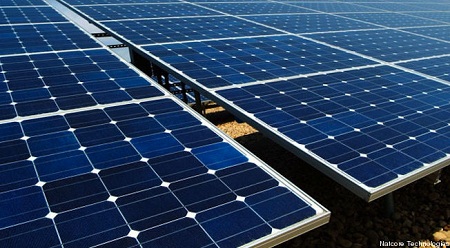




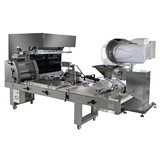









-160x160-state_article-rel-cat.png)
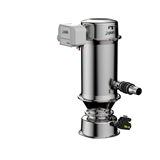

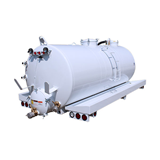
-160x160-state_article-rel-cat.png)
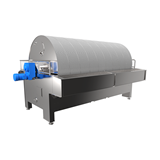

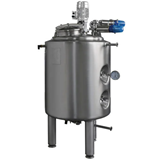

-160x160-state_article-rel-cat.png)